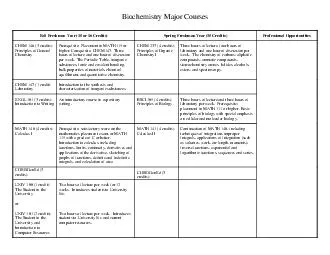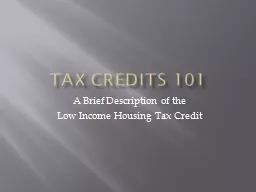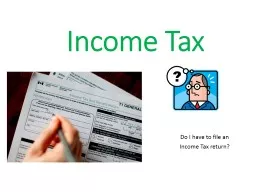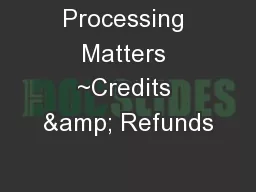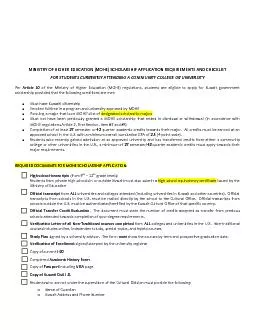PPT-Module 7: REFUNDABLE CREDITS
Author : skylar | Published Date : 2023-10-31
Special thanks to Brad Martin Katy Schultz and Evelyn Mickles for their contributions to this module Understand how refundable tax credits impact a taxpayers return
Presentation Embed Code
Download Presentation
Download Presentation The PPT/PDF document "Module 7: REFUNDABLE CREDITS" is the property of its rightful owner. Permission is granted to download and print the materials on this website for personal, non-commercial use only, and to display it on your personal computer provided you do not modify the materials and that you retain all copyright notices contained in the materials. By downloading content from our website, you accept the terms of this agreement.
Module 7: REFUNDABLE CREDITS: Transcript
Download Rules Of Document
"Module 7: REFUNDABLE CREDITS"The content belongs to its owner. You may download and print it for personal use, without modification, and keep all copyright notices. By downloading, you agree to these terms.
Related Documents


